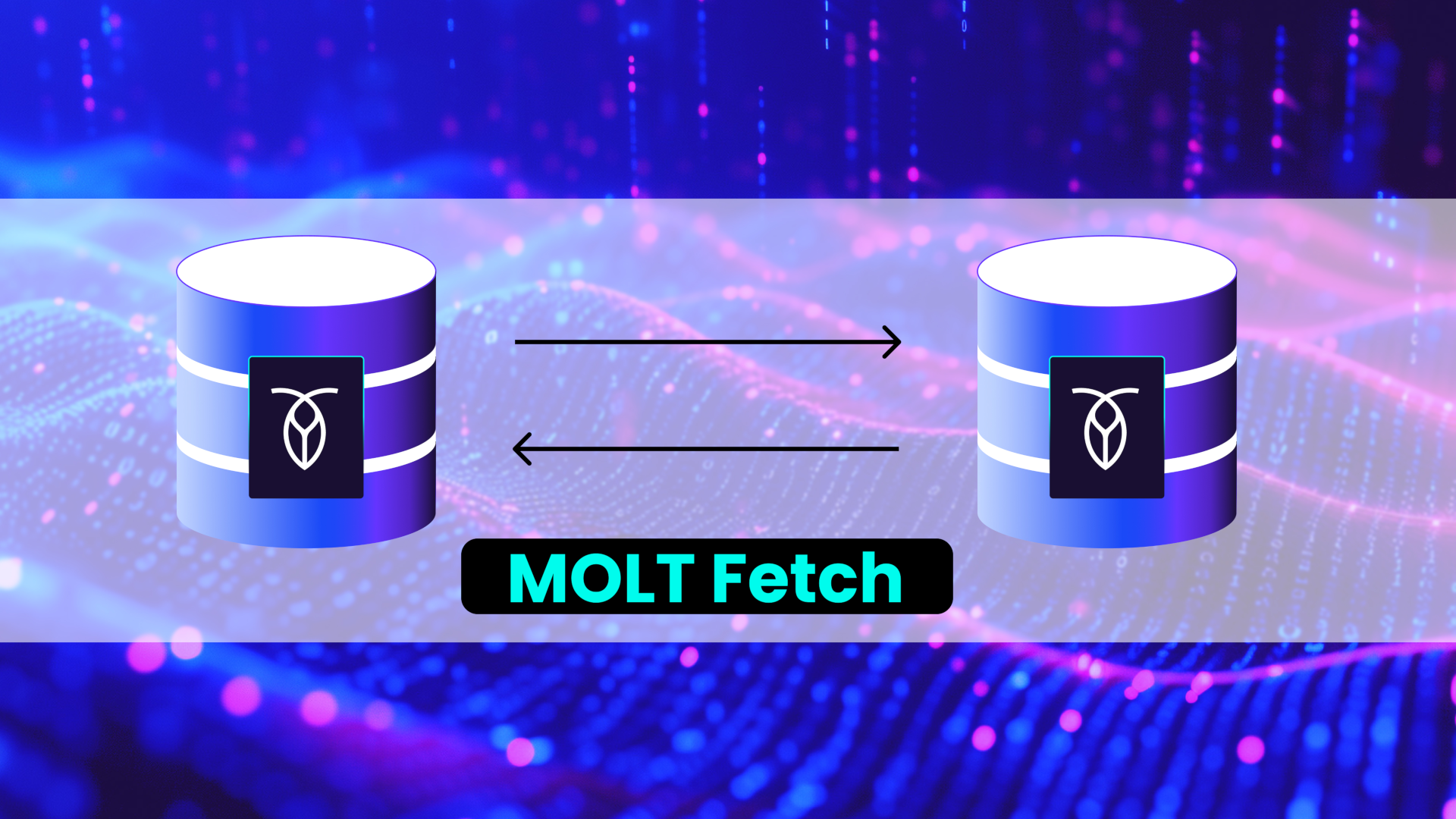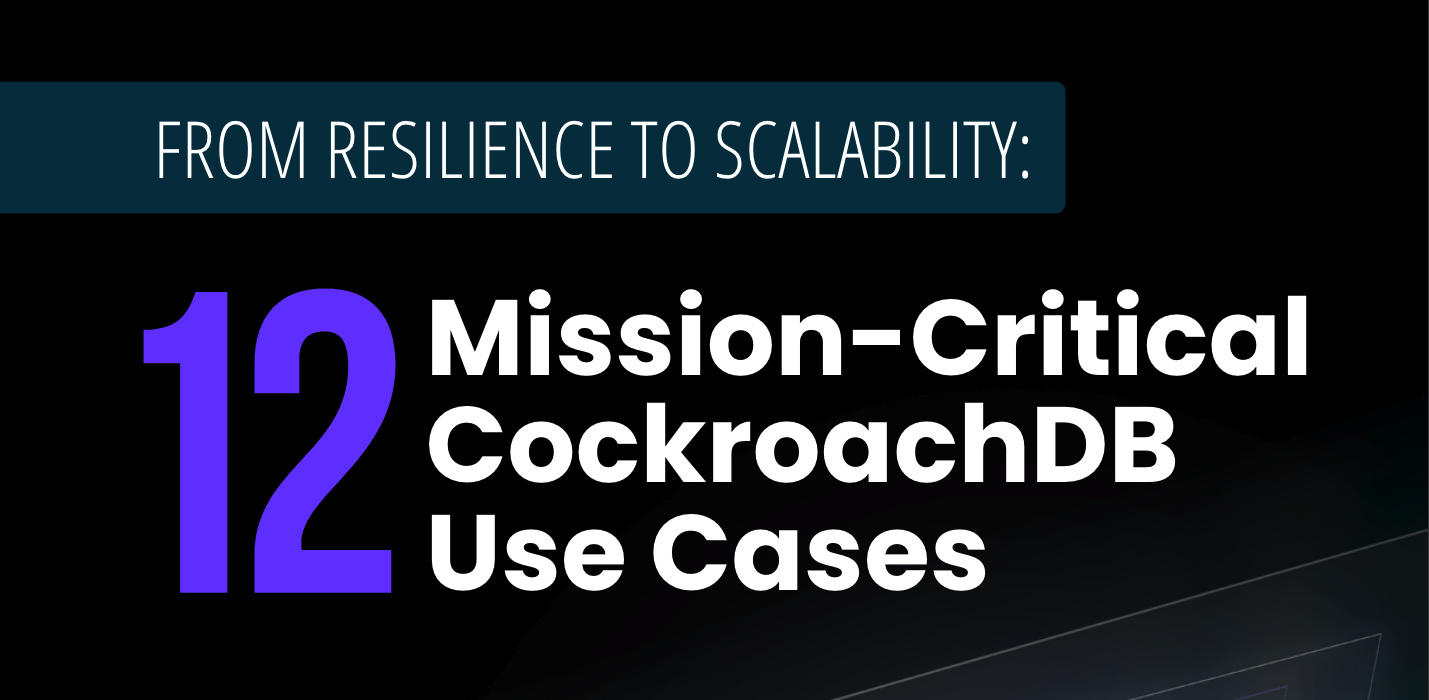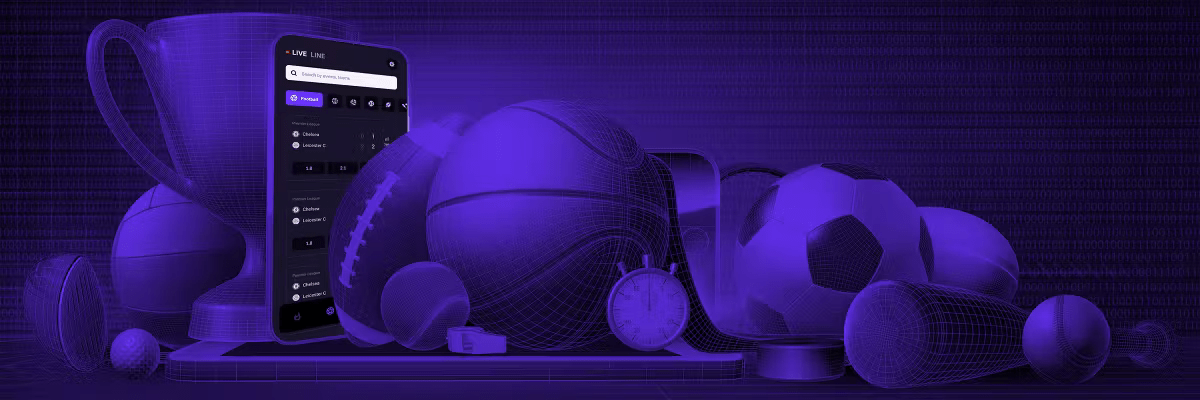
Blog
Product

Engineering
|Product
MOLT Fetch: The Best Way to Move Your Data to CockroachDB
After choosing CockroachDB as your next-generation storage system, you may wonder, “How do we move our organization’s data into CockroachDB?”

Ryan Luu
July 17, 2024
Product
From Resilience to Scale: 12 Mission-Critical Use Cases Backed by CockroachDB
If you’ve paid a bill online, ordered an item from your favorite ecommerce site, or navigated a series of security steps to verify your identity, then you’ve interacted with the types of services powered by CockroachDB. Let's discuss 12 common use cases for CockroachDB.

Cassie McAllister
May 7, 2024
Product
Metadata management reference architecture: A quick guide with diagrams
Metadata management is a critical part of any business application. Let’s take a quick look at what metadata is, why it’s important, and how you can architect your application to ensure highly available, consistent metadata at scale.

Charlie Custer
Apr 30, 2024
Product
How to migrate from Oracle to CockroachDB | Oracle Database Migration Guide
Fortune 50 banks companies, fortune 100 SaaS companies, and fortune 300 logistics companies have migrated workloads from Oracle to CockroachDB.
Andrew Deally
Apr 19, 2024
Product
Why we need a multi-cloud database, and how to build one
In our State of Multi-Cloud 2024 report, we were a bit surprised to find that half of our respondents said their companies were already multi-cloud, and of those, half had already begun working with complex multi-cloud deployment patterns like deploying a single workload across multiple clouds. What are the benefits of that sort of complex deployment, and how can it actually be achieved in the real world to bring the advantages of multi-cloud to mission-critical workloads like your transactional database workloads?
Mike Bookham
Feb 12, 2024
Product
A sports betting app saved millions switching from PostgreSQL to CockroachDB
The challenges facing sports betting platforms are rigorous: they have to be fast and consistent in a way that’s similar to high-frequency trading platforms. At the same time, they have a variety of data-locality requirements to comply with depending on which states or countries they serve. In this blog, we’ll look at a real-world example of a North America-based sports betting platform that designed a gaming and sports betting architecture that not only meets the performance, consistency, and compliance requirements of the industry; but also enabled the business to swiftly enter new regional markets without requiring a massive engineering effort.

Michelle Gienow
Feb 9, 2024
Product
How to build an inventory management system that scales (with reference architecture)
One of the biggest technical challenges of inventory management is keeping data consistent in real time, or as close to it as possible. Particularly with larger operations, this is vital to avoid “overselling” scenarios that can cost the company money or damage its reputation.

Charlie Custer
Jan 25, 2024
Product
Top Three Reasons Behind Database Migrations
I recently moved into a new house. Boxes are everywhere. Little pieces of styrofoam surprise me everywhere I go. There are many noises I don’t recognize or understand. And the drill I’d forgotten I even owned now occupies a prime spot on my kitchen counter. I use it daily. I didn’t move to a new house because I thought moving would be fun, or even easy. I knew it would be a lot of work. I moved because my family needed more space. Which is just one of many reasons someone might decide to endure the pain of moving: Cost. Quality of life. Proximity to the people/places that are important to you.

Adam Storm
Jan 24, 2024
Product
RPO and RTO: getting to zero downtime and zero data loss
Companies are increasingly chasing zero-RPO and zero-RTO solutions to ensure that their applications remain online no matter what. And it’s easy to see why: according to 2020 research from Gartner the average cost of IT downtime is $5,600 per minute.
Diana Hsieh
Jan 5, 2024
Product
8 database lessons you can learn from "Star Trek: TNG"
Star Trek: The Next Generation may have stopped airing in 1994, but it’s a series that’s always rewarding to return to. Arguably the most cerebral of the various Star Trek film and television series, the best episodes of TNG are just as thought-provoking today as they were when they were first televised.

Charlie Custer
Dec 21, 2023








